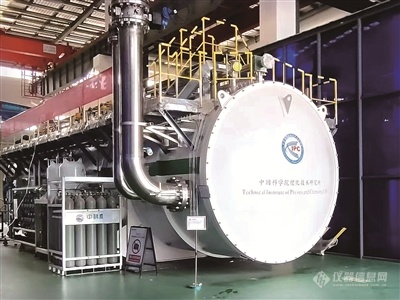Just for context: Mossen had a post on the previous page with statistics of current additions.
261GW Solar + 74 GW Wind, for a total of 335 GW.
At this rate China will reach 6 GW Wind+Solar in about 16 years, that's 2040.
Now, this isn't the right proportions but it makes Chinas goal of carbon neutrality by 2060 seem very cautious.
Thing about Chinas transition, when compared with the US, is that while the rate is about the same now (At least in previous years, 2023 seem to favor China); this is only because Chinas energy consumption is still growing heavily. With slowing consumption growth the transition should accelerate by default.
Last edited:

